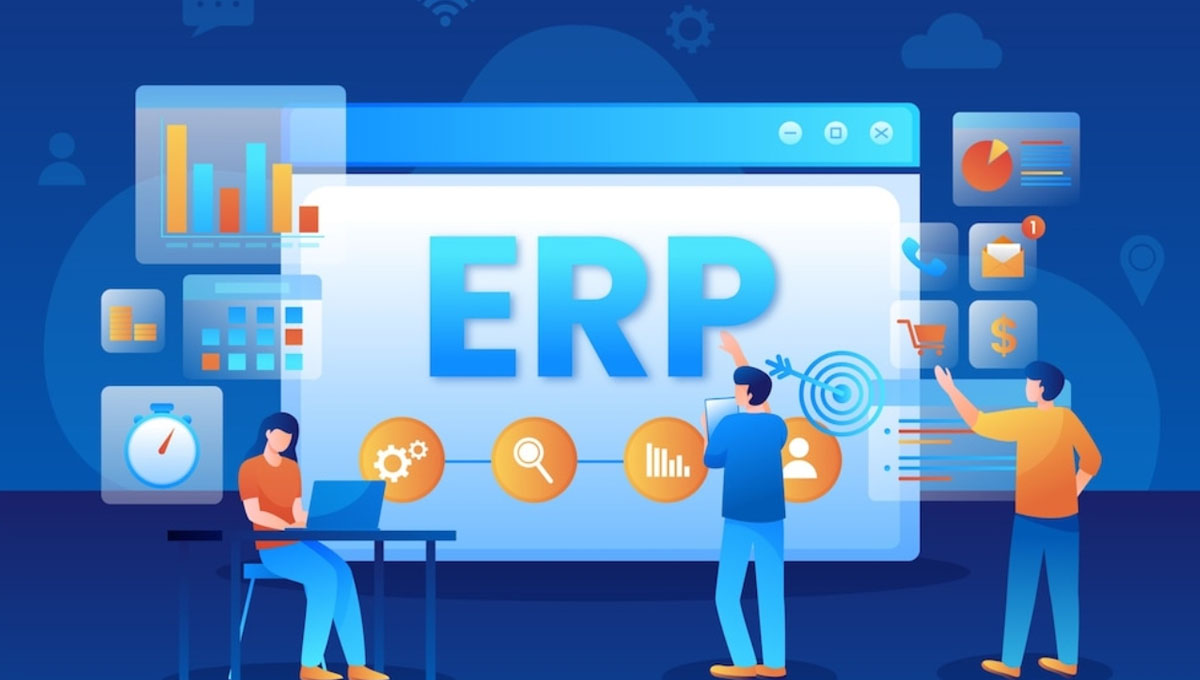
Looking for experienced ERP consultants? Our professional services can offer enterprises of all sizes the expertise and support they need to successfully navigate ERP implementations, saving time and money along the way.
An ERP system is a software application that integrates with other business applications to manage the company’s business processes, such as accounting, manufacturing, and distribution. It provides a single view of all aspects of the business and can be used for planning and analysis purposes.
An ERP system is typically implemented by consulting with experts who understand the best practices for integration, data migration, and customizations.
What is ERP Consulting?
ERP Consulting is a service provided by an independent consultant who is contracted by a business to help them implement an enterprise resource planning system. ERP consultants are usually hired to design and implement the system, as well as train company employees on its use.
ERP consulting can be done in-house or outsourced to an outside firm.
ERP systems are a critical component of an organization’s IT infrastructure. The success of an organization depends on its ability to integrate these systems into the company’s day-to-day operations.
Introduction
The ERP Consultant Process is a straightforward way to implement an ERP system. It takes about one year, and it is designed to get your business up and running quickly.
What Are the Benefits of ERP Consulting?
ERP consultants provide invaluable assistance to clients planning or executing enterprise information system projects, because they bring their in-depth knowledge of the particular system involved, and the capabilities it offers. This results in a faster successful implementation, or optimization of your existing system, ensuring you get the most out of your systems. Consulting services also help organizations stay on track with their business objectives as consultants can advise on improvements for existing systems as needed, saving time and money.
Discovery
The first step in the process is to understand the business needs, goals, and drivers. This will help you understand how your new ERP software can help them achieve their goals.
You should also have a good understanding of their current system or systems (if any) so that you can compare it against what they want from their next ERP solution.
Design
The first step in the process is designing the system architecture. This involves identifying all your business requirements, then determining how they can be met with ERP software. For example, if you are a manufacturer and need to track inventory levels across multiple locations, or if you need to manage employee benefits programs for your workers’ health care coverage, these are both good examples of what needs to be accomplished with an ERP implementation. The following sections will help guide you through each step of this process.
Development
Development is the process of creating a new product, service, or system. The development process is often iterative and incremental. For example, when you are building a website, you might create a prototype that does not work well enough for users to use it but still get feedback from them about what they would like to see improved or added on top of what already exists.
The goal here is not necessarily getting everything right on day one; rather it’s about getting started so that we can see where our efforts need to go next to get where we want them to!
Testing
Testing is an important step in the process. It should be done by a separate team and not by people who are involved in the project. The person performing testing should be someone who does not know about what they are testing, and they should not have access to any information about your company or its products, processes, etc.
Training
Training is an important part of the implementation process. It is not just for users, but also IT staff and management.
Training should be done before going live, and ongoing once your ERP system is live. This way, everyone involved in the process has a good understanding of how the new system works and what role they play in its operation.
Go Live and Support
The go-live date is the date that the system goes live, and the date that the client starts using it. The support period is from that moment until it is fully operational. It is important to note that this process will be ongoing throughout your project - even after you’ve launched and implemented your ERP system into production - so there’s no “end” point in time when all hands should have been wiped clean of any issues or questions about how things work in practice!
The process to implement an ERP system is straightforward. If you need help, contact us!